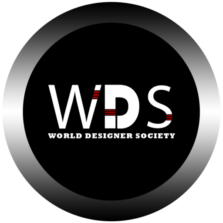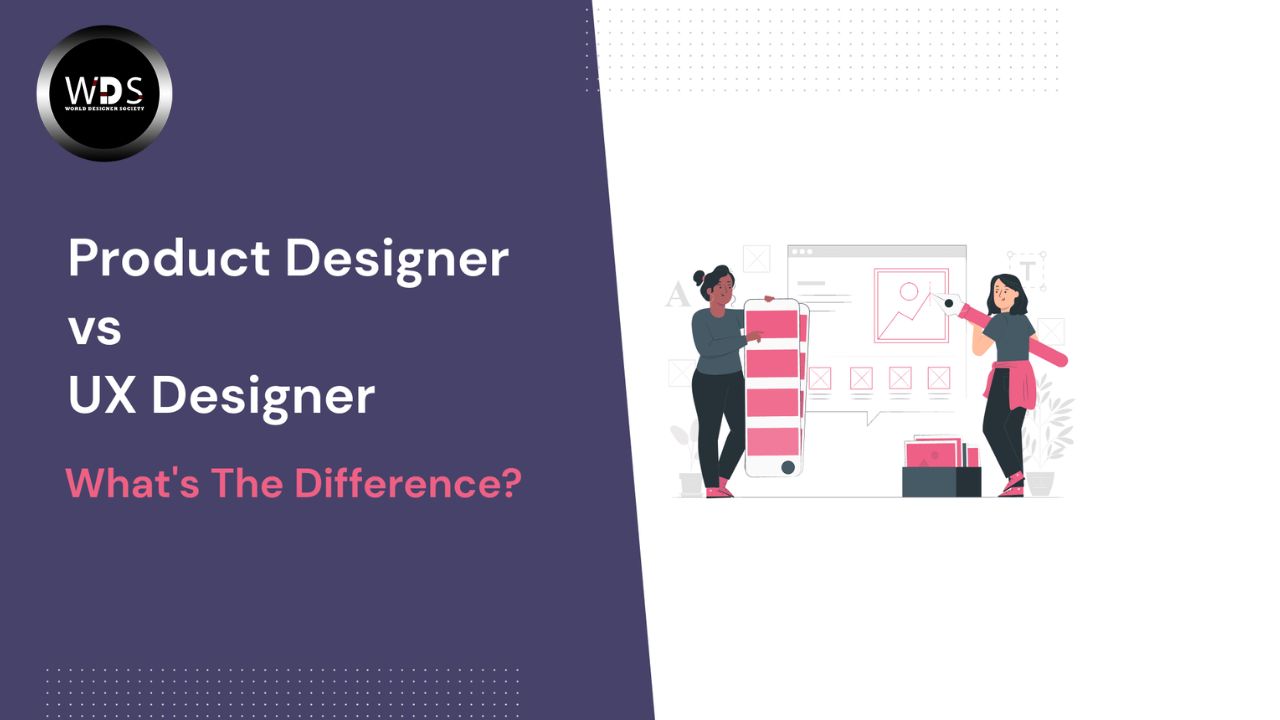Is Product Designer the Same as UX Designer?
In the world of design, the roles of a Product Designer and a UX (User Experience) Designer are often mentioned interchangeably, leading to confusion about whether these two positions are identical. While there is some overlap in their responsibilities, they are distinct roles with unique focuses and skill sets. Let’s break down the differences and similarities to clarify this common misconception.
The Role of a Product Designer
A Product Designer is a multifaceted professional who oversees the entire lifecycle of a product. Their responsibilities extend beyond user experience and often include:
- Product Strategy: Collaborating with stakeholders to define the product’s vision, goals, and roadmap.
- Design Execution: Crafting user interfaces, wireframes, prototypes, and ensuring that designs align with user needs and business objectives.
- Cross-Disciplinary Collaboration: Working closely with developers, marketers, and product managers to ensure the product’s success.
- Business Alignment: Balancing user needs with business goals, often considering cost, feasibility, and market trends.
A Product Designer’s role is holistic and broad, requiring them to juggle multiple aspects of the product development process, from conception to delivery.
The Role of a UX Designer
On the other hand, a UX Designer’s primary focus is on optimizing the user’s interaction with a product. Their responsibilities include:
- User Research: Conducting interviews, surveys, and usability tests to understand user behaviors, needs, and pain points.
- Information Architecture: Structuring and organizing content to ensure seamless navigation.
- Interaction Design: Creating intuitive and efficient pathways for users to achieve their goals.
- Wireframing and Prototyping: Designing blueprints and interactive models to test user flows before final development.
UX Designers are primarily concerned with the usability, accessibility, and overall satisfaction of users interacting with a product. Their work is user-centered and more narrowly focused compared to Product Designers.
Key Similarities
Despite their differences, Product Designers and UX Designers share several commonalities:
- User-Centric Approach: Both roles prioritize creating solutions that cater to user needs.
- Collaboration: They frequently work with cross-functional teams to bring designs to life.
- Design Tools: Both use similar tools, such as Figma, Sketch, and Adobe XD, to create their designs.
- Problem Solving: They tackle design challenges with a creative and analytical mindset.
Key Differences
The distinction between these roles often lies in their scope and focus:
| Aspect | Product Designer | UX Designer |
| Focus | Entire product lifecycle | User experience and interaction |
| Scope | Broad, includes business goals and strategy | Narrow, centered on user interaction |
| Responsibilities | Product strategy, branding, UI/UX design | User research, usability, wireframes |
| Collaboration | Works with multiple stakeholders | Works primarily with design and research teams |
Are These Roles Converging?
With the evolution of design practices, the boundaries between Product Design and UX Design are becoming increasingly blurred. In some organizations, the roles may overlap significantly, with UX Designers taking on broader responsibilities or Product Designers diving deeper into user research. The exact delineation often depends on the company’s size, industry, and specific needs.
Conclusion
While Product Designers and UX Designers share similarities, they are not the same. Product Designers have a broader focus that encompasses the entire product lifecycle, including business strategy and design implementation. UX Designers, however, are specialists in creating user-friendly experiences through research and interaction design.
Understanding these distinctions is crucial for both aspiring designers and organizations looking to hire the right talent. Whether you’re aiming to become one or hire one, recognizing the unique strengths of each role can lead to better outcomes for both the product and its users.

